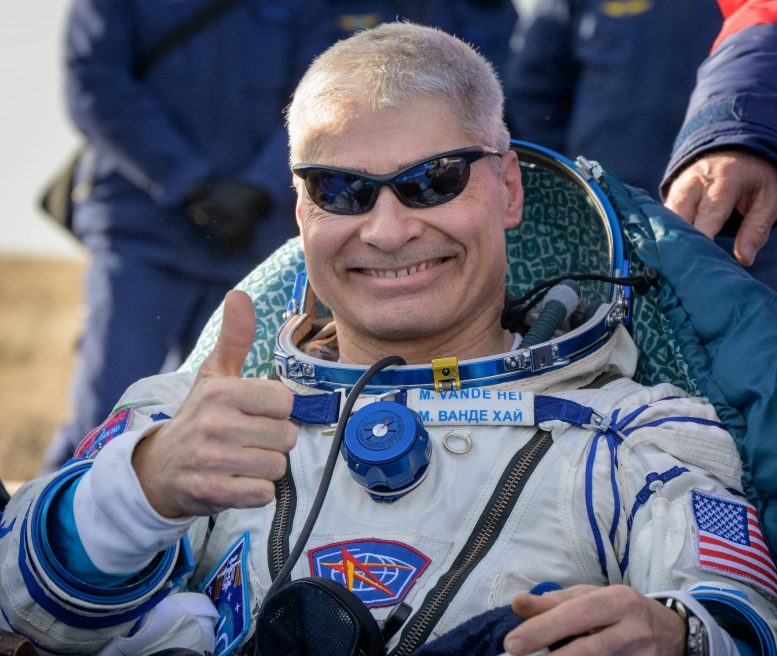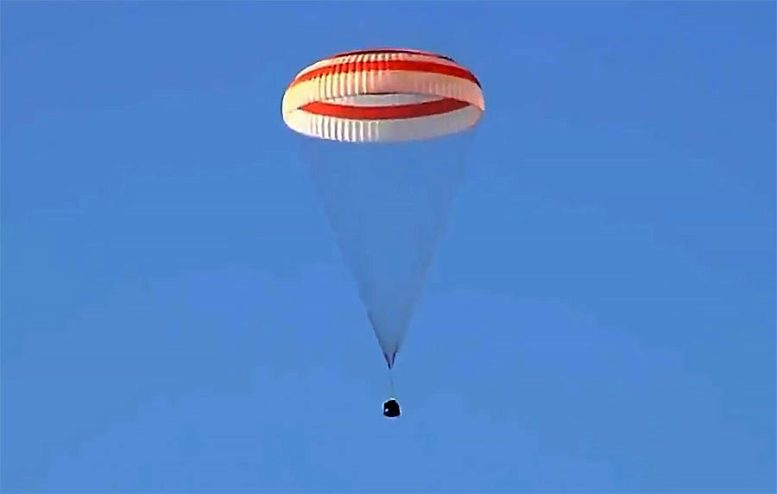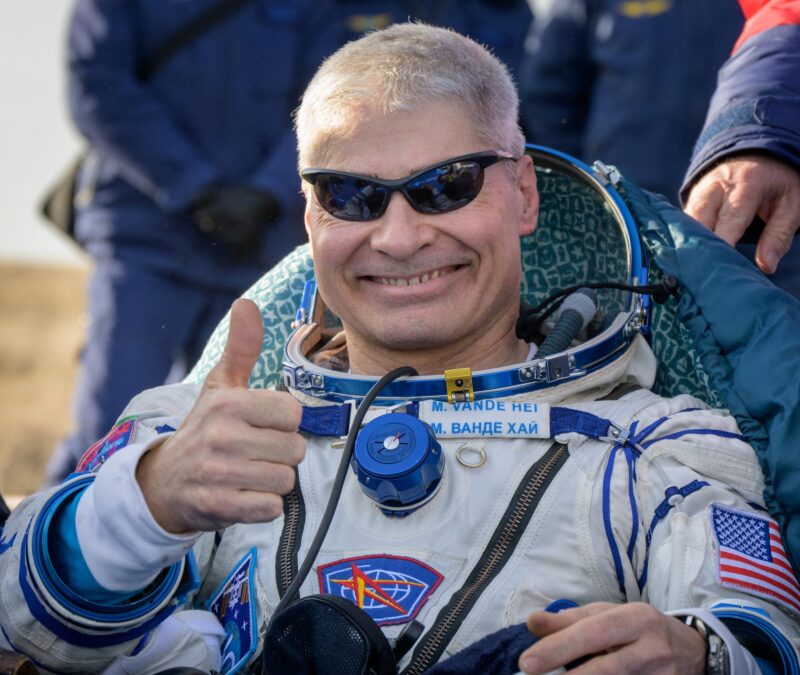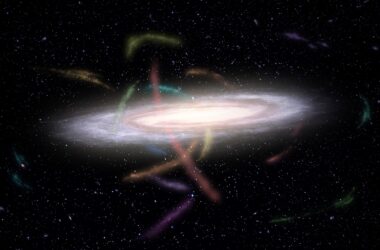
L’astronaute de la NASA Mark Vande Hei est vu à l’extérieur du vaisseau Soyouz MS-19 après son atterrissage avec les cosmonautes russes Anton Shkaplerov et Pyotr Dubrov dans une zone éloignée près de la ville de Zhezkazgan, au Kazakhstan, le mercredi 30 mars 2022. Vande Hei et Dubrov reviennent sur Terre après avoir passé 355 jours dans l’espace en tant que membres des expéditions 64-66 à bord de la Station spatiale internationale. Pour Vande Hei, sa mission est le plus long vol spatial de l’histoire pour un astronaute américain. Shkaplerov revient après 176 jours dans l’espace, en tant qu’ingénieur de vol de l’Expédition 65 et commandant de l’Expédition 66. Crédit : NASA/Bill Ingalls
Après avoir porté à 355 jours le record du plus long vol spatial de l’histoire par un Américain, ;” data-gt-translate-attributes=”[{” attribute=””>NASA astronaut Mark Vande Hei returned to Earth on Wednesday, March 30, 2022, along with Roscosmos cosmonauts Anton Shkaplerov and Pyotr Dubrov.
The trio departed the International Space Station at 3:21 a.m. EDT and made a safe, parachute-assisted landing at 7:28 a.m. (5:28 p.m. Kazakhstan time) southeast of the remote town of Dzhezkazgan, Kazakhstan.
“Mark’s mission is not only record-breaking, but also paving the way for future human explorers on the Moon, Mars, and beyond,” said NASA Administrator Bill Nelson. “Our astronauts make incredible sacrifices in the name of science, exploration, and cutting-edge technology development, not least among them time away from loved ones. NASA and the nation are proud to welcome Mark home and grateful for his incredible contributions throughout his year-long stay on the International Space Station.”

The Soyuz MS-19 crew ship carrying NASA astronaut Mark Vande Hei and two cosmonauts is pictured moments before landing under the clear, blue skies of Kazakhstan. Credit: NASA
Vande Hei’s extended mission will provide researchers the opportunity to observe the effects of long-duration spaceflight on humans as the agency plans to return to the Moon under the Artemis program and prepare for the exploration of Mars.
Vande Hei launched on April 9, 2021, alongside Russian cosmonauts Oleg Novitskiy and Pyotr Dubrov. His second journey into space of 355 days is the longest single spaceflight by a U.S. astronaut, previously held at 340 days, and gives him a lifetime total of 523 days in space. Dubrov also remained on board for 355 days on his first spaceflight.
Supporting NASA’s goals for future human landings on the Moon, Vande Hei completed approximately 5,680 orbits of the Earth and a journey of more than 150 million miles, roughly the equivalent of 312 trips to the Moon and back. He witnessed the arrival of 15 visiting spacecraft and new modules, and the departure of 14 visiting spacecraft.
Following post-landing medical checks, the crew will return to the recovery staging city in Karaganda, Kazakhstan, aboard Russian helicopters. Vande Hei will board a NASA plane bound for Cologne, Germany, for refueling prior to his return home. Shkaplerov and Dubrov will board a Gagarin Cosmonaut Training Center aircraft to return to their home in Star City, Russia.
During his record mission, Vande Hei spent many hours on scientific activities aboard the space station, conducting everything from plant research to physical sciences studies.
With the undocking of the Soyuz MS-19 spacecraft with Vande Hei, Shkaplerov, and Dubrov aboard, Expedition 67 officially began aboard the station. NASA astronaut Tom Marshburn recently took over as station commander, and is joined by NASA astronauts Raja Chari and Kayla Barron, ESA (European Space Agency) astronaut Matthias Maurer, and Roscosmos cosmonauts Oleg Artemyev, Denis Matveev, and Sergey Korsakov.
Marshburn, Chari, Barron and Maurer will remain onboard until late April, when NASA astronauts Kjell Lindgren, Bob Hines, and Jessica Watkins, as well as ESA astronaut Samantha Cristoforetti launch to the station as part of NASA’s SpaceX Crew-4 mission.



